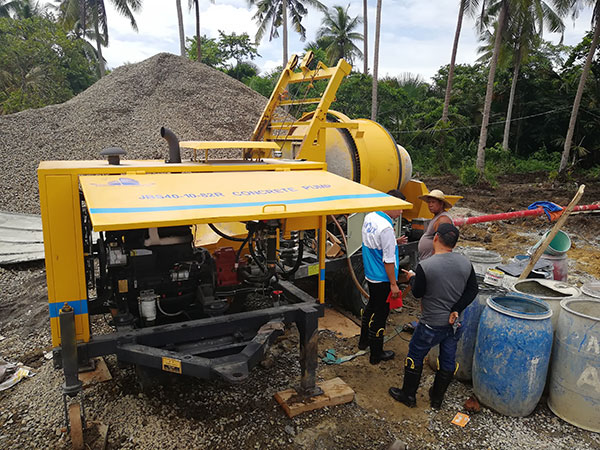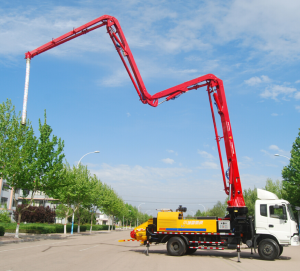Construction is a thriving business that is expected to only increase in demand over the next decade. In fact, according to several publications, including the World Economic Forum, it is predicted that the urban areas around the globe will grow by over 150,000 people each day. With all of these new residents, these communities will need medical facilities, housing, infrastructure for transportation and so much more. Urban construction will be necessary to address the needs, and this means that there will also be an increase in equipment use like concrete pumps.

how does a concrete pump work
The two factors that matter the most in the construction industry are reliability and efficiency. These two factors are a premium. Unfortunately, delays and other issues can occur with many construction projects, especially those that are large and complex. It has been estimated that most large scale construction projects typically fall behind almost two years, 20 months, behind schedule.
In order to prevent these types of incidents from occurring, it is important that contractors use the most efficient construction equipment that is available. When it comes to preparing and pouring concrete, there are concrete pumps that can offer many benefits such as ease of use and efficiency.
Concrete Pumps Defined
So, exactly what is a concrete pump? This is a type of equipment that is used to transfer mixed liquid concrete to a job site where it will be poured. Concrete pumps work by using basic hydraulic principles and a valve system.
When there is a need for concrete, the mixing truck mixes the concrete inside of its attached rotating drum. Then the liquid concrete is poured out of the truck and into a component known as a hopper.
The hopper continues to mix the concrABJ40C Diesel Concrete Mixer with Pump Working in The Philippines:
ete so it will not become solid. After that, the concrete pump removes the concrete out the hopper, into a valve system and finally into the location where it will be poured. Sometimes this process requires auxiliary hoses.
What Are The Different Types Of Concrete Pumps?
There are two basic types of concrete pumps – boom pumps and line pumps.
Line pumps work by pumping concrete into hoses that are at the ground level. These hoses are pumped with concrete until the concrete arrives at its final destination.
These hoses provide the flexibility that is needed in order to snake through small and narrow spaces where concrete trucks may not be allowed to park. These are three different types of line pumps:
– Stationary pumps
– Truck-mounted static pump
– Truck mixer pump

Boom pumps are pumps that extend above to pump liquid concrete to its destination. The concrete has to travel though a long, remote-controlled, flexible ‘arm’ that is made up of different sections.
This arm extends overhead in the air similar to a crane. These types of pumps are often used to pour concrete into hard to reach areas where line pumps cannot get to. For example, they are used on the upper levels of apartment complexes and high-rise buildings.
This is a brief overview of concrete pumps and the way they operate. They are able to work continuously and they are able to pump large volumes of concrete at one time.